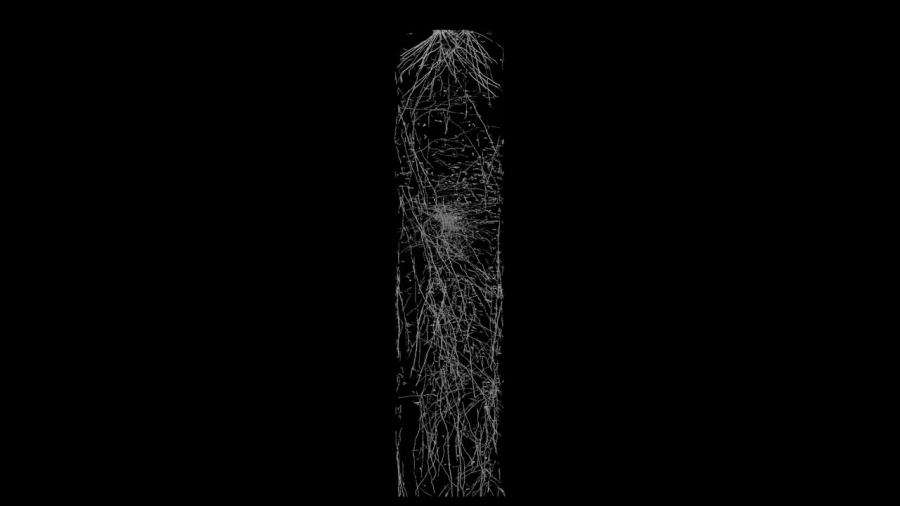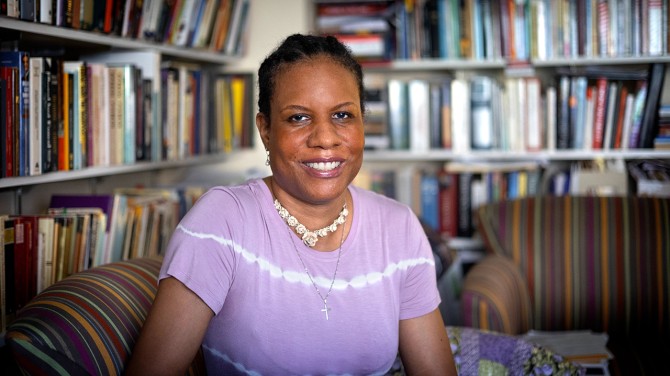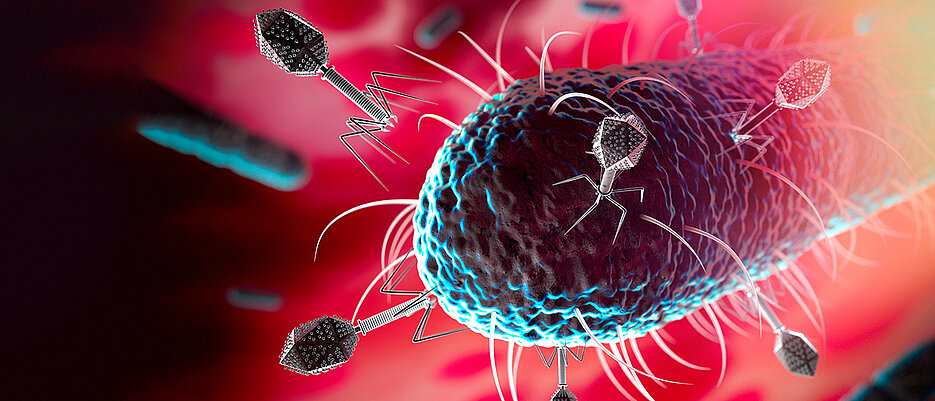Key Points
A pioneering new technique using synchrotron light captures the complex interaction of roots and soil
The insights have the potential to predict the effectiveness of products to improve soil quality before their use
The approach uses 3D reconstructed images from the Imaging and Medical beamline at ANSTO’s Australian Synchrotron
Professor of Soil Science at The University of Queensland Peter Kopittke and co-principal investigator Professor Enzo Lombi of the University of SA are very optimistic about the use of a new synchrotron-based imaging technique that captures in 3D the complex interaction of soil and roots.
“> Play
Play
The 3D video was reconstructed using images from the Imaging and Medical beamline at the Australian Synchrotron. Courtesy of UQLD
The research made possible by funding from the Grains Research and Development Corporation (GRDC) is expected to bring potential benefit to the Australian agriculture industry, which faces significant challenges because of soil quality.
“For a long time, we have described this area as the ‘hidden half’, because we really have little information about what is going down there where the soil, air, roots, and organic matter form a heterogenous clump or to assess the things that we do to improve them,” said Kopittke.
Because of the enormous soil constraints in Australia due to salinity, acidification and sedimentation, there are multi-billion dollars losses to the agricultural industry every year.
The new technique, which has been developed to complement existing agricultural field studies, opens the possibility of predicting the impact of key nutrients and fertilisers that are administered by farmers to improve soil quality.
“The roots are as important as the above-ground shoots, so this is a significant leap forward in understanding if interventions will improve crop yield,” said Kopittke.
A striking 3D video, reconstructed from X-ray tomographic images on the Imaging and Medical beamline, with new data analysis software developed by Dr Helen Hou, shows in detail the fine network of roots enmeshed in a large soil sample.
In a preliminary analysis, the team collected tomographic images of a wheat plant that had been fertilised with phosphorus at a depth of about 15 centimetres.
Plants access nutrients from the entire soil depth, not just the surface.
Previously farmers had no way to determine beforehand, if the costly application of phosphorus at depth, which requires special equipment, would produce an improved yield.
“The information is hidden below the surface. For a farmer who makes this investment and sees no improvement, this is a bad situation to end up in,” explained Kopittke.
“You can see quite clearly that there is a proliferation of roots at the depth where the phosphorus fertiliser was applied.”
Another advantage of the technique is the ability of the synchrotron X-ray beamline to accommodate large samples.
Samples for laboratory-based X-ray studies are usually about the size of a soft drink can and this does not capture the extensive root system that is spread out beneath the ground.
“These large samples are much more representative of what is actually happening in the real world environment of the field,” said Kopittke.
The synchrotron data complements the information that is gained by convention methods of analysis in the field.
“Our team is actually going out into the field to existing experiments, such as those funded by the GRDC, that are already running and taking samples back to Melbourne to ANSTO’s Australian Synchrotron.”
“We have all the normal measurements of yield from the field and complement it by examining how the roots have actually responded to the things we have done in the soil. The different ameliorants, different nutrients, and how have the roots interacted with the soil and responded to those amendments.”
Kopittke, who is one of Australia’s most distinguished soil scientists, thinks the approach might the first of its type.
The challenging task of refining the complex image was undertaken by the postdoc, Dr Helen Hou, who has been seconded to the Imaging and Medical beamline at the Australia Synchrotron with funding from the GRDC.
“Although there is imaging reconstruction software for experiments, there was a need for special software to untangle and isolate the root, soil and air.
“Helen, who is not a soil scientist but has a background in IT, made a significant contribution to our data analysis capability,” said Kopittke.
He expressed his utmost gratitude to members of the Imaging and Medical beamline team at the Australian Synchrotron, Dr Daniel Hausermann, Dr Chris Hall and Dr Anton Maksimento, who assisted with the experiments during COVID-19 lockdown.
Although it is not the first time that we have had plants on the beamline, we have scanned trees in studies of their response to drought, this research is expanding the possibilities of analysis to benefit agriculture. It is a great example of the power and versatility of our facility, ” said Principal Scientist Dr Daniel Hausermann.
“We are halfway through the project we are starting to reach out to other people around Australia we can work with you and you can value add to your existing work,” said Kopittke.








